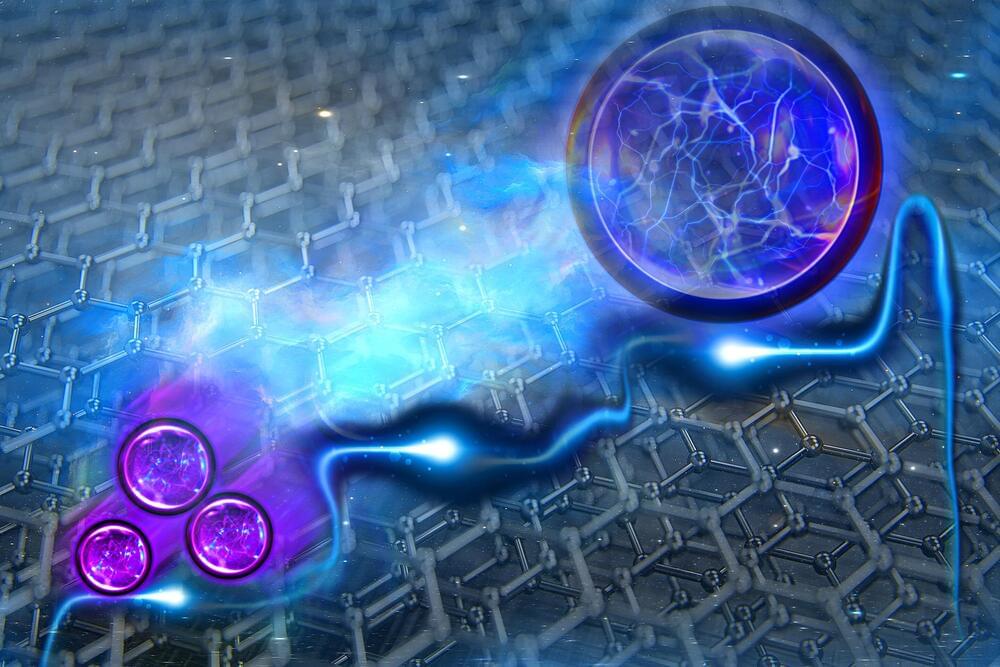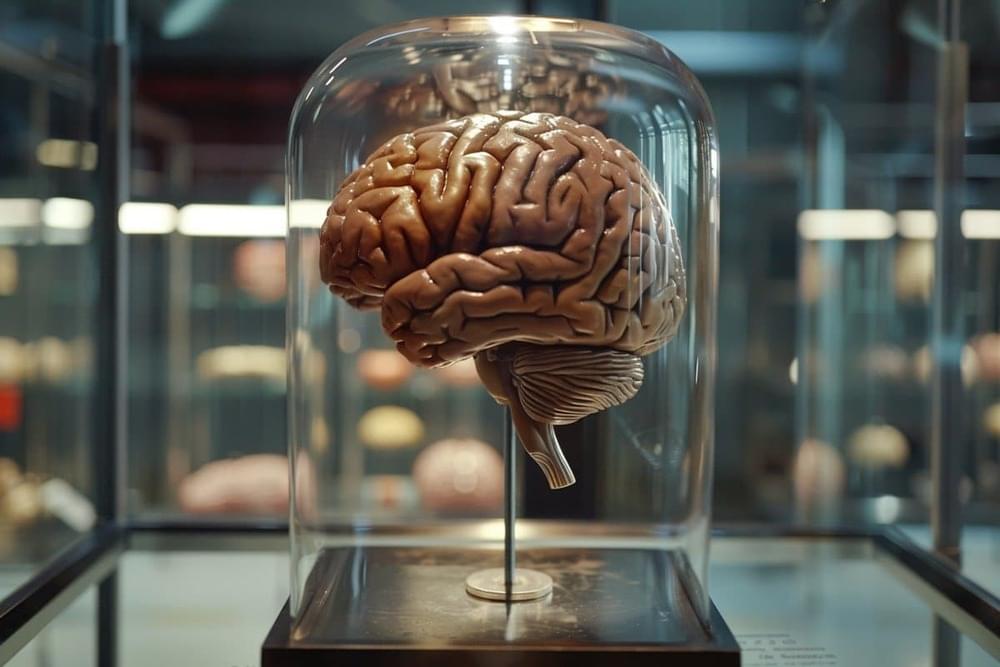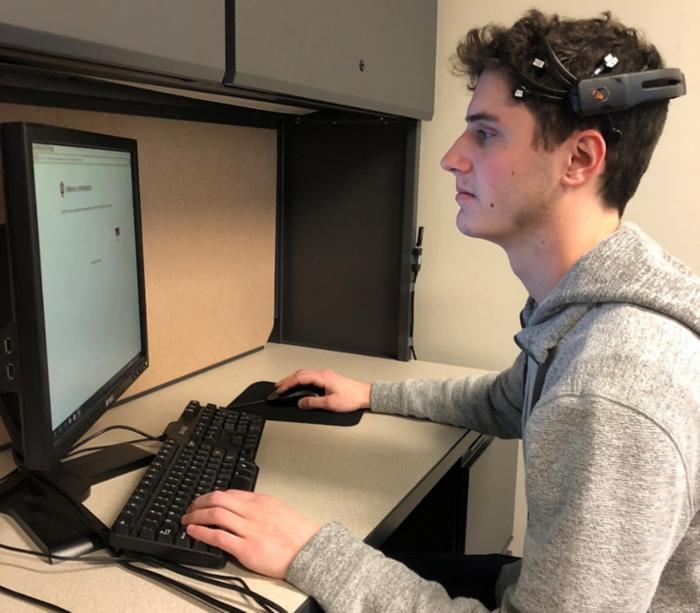With a mass 17 billion times larger than our sun, this black hole is the fastest-growing black hole ever recorded, Australian National University said.



The electron is the basic unit of electricity, as it carries a single negative charge. This is what we’re taught in high school physics, and it is overwhelmingly the case in most materials in nature.
But in very special states of matter, electrons can splinter into fractions of their whole. This phenomenon, known as “fractional charge,” is exceedingly rare, and if it can be corralled and controlled, the exotic electronic state could help to build resilient, fault-tolerant quantum computers.
To date, this effect, known to physicists as the “fractional quantum Hall effect,” has been observed a handful of times, and mostly under very high, carefully maintained magnetic fields. Only recently have scientists seen the effect in a material that did not require such powerful magnetic manipulation.
Explore the fascinating world of Artificial Intelligence (AI) in this insightful video from Code Institute’s Programme Director, Brian O’Grady, as he delves into the realms of Narrow AI, General AI, and the intriguing concept of Artificial Superintelligence. Discover the evolution of AI from narrow applications like chatbots and image recognition to the broader capabilities of General AI, which mimics human cognitive functions across multiple domains. Join us in understanding the theoretical challenges and possibilities presented by General AI, including its potential to transcend human limitations. The spotlight is on ChatGPT, a language transformer that steps into the realm of General AI, showcasing its ability to synthesize knowledge across various domains and navigate the ambiguity of human language. Dive into the discussion on the probabilities and learning processes associated with language models, bringing us closer to the realm of true AI. The video also touches on the theoretical concept of Artificial Superintelligence, a level of AI that surpasses human intelligence across all aspects. While we may be far from achieving this level of AI, the ongoing advancements in technologies like quantum computing suggest an exciting future. Join us on this journey through the AI landscape, understanding the present and envisioning the possibilities that lie ahead.

Thinking about consciousness from the perspective of a physicist may be key to figuring out whether it is a single phenomenon or a collection of discrete states.

Optica l computing via free-space-based structured optical materials allows to access optical information without the need for preprocessing or optoelectronic conversion. In this Perspective, the authors describe opportunities and challenges in their use for optical computing, information processing, computational imaging and sensing.

Tony Czarnecki, Sustensis
London 1/12/2023
Image generated by DALL-E
For an average person, just the term Artificial Intelligence (AI) may be quite confusing, as it seems to cover all aspects of what seems to be ‘unnatural’. It may start in difficulty to differentiate between Information Technology (IT) and AI.
Disco toilet o.o
This 16 color changing toilet night light is great for people who always get up in the middle of the night to pee. With its soft glow and soothing rotating colors, you can be sure to aim correctly every time even when you’re still half asleep. The colors on this night light rotate or you can just choose to pick your 1 favorite color.
It’s only $10 right now on Amazon — LINK HERE: https://amzn.to/37d0vNE
Year 2020 face_with_colon_three
There’s a new disease-detecting technology in the lab of Sanjiv “Sam” Gambhir, MD PhD, and its No. 1 source of data is number one. And number two.
It’s a smart toilet. But not the kind that lifts its own lid in preparation for use; this toilet is fitted with technology that can detect a range of disease markers in stool and urine, including those of some cancers, such as colorectal or urologic cancers. The device could be particularly appealing to individuals who are genetically predisposed to certain conditions, such as irritable bowel syndrome, prostate cancer or kidney failure, and want to keep on top of their health.
“Our concept dates back well over 15 years,” said Gambhir, professor and chair of radiology. “When I’d bring it up, people would sort of laugh because it seemed like an interesting idea, but also a bit odd.” With a pilot study of 21 participants now completed, Gambhir and his team have made their vision of a precision health-focused smart toilet a reality.

Summary: Researchers developed an innovated a technique to convert complex neuroimaging data into audiovisual formats. By transforming brain activity and blood flow data from behaviors like running or grooming in mice into synchronized piano and violin sounds, accompanied by video, they offer an intuitive approach to explore the brain’s intricate workings.
This method not only makes it easier to identify patterns in large datasets but also enhances the understanding of the dynamic relationship between neuronal activity and behavior. The toolkit represents a significant step forward in neuroscientific research, enabling scientists to intuitively screen and interpret vast amounts of brain data.

If electronics tried selling themselves by speaking to you, would you have a greater urge to buy them? This is what a recent study published in Decision Support Systems hopes to address as a research duo investigated how artificial intelligence (AI) could be used as a productive marketing and retail tool for selling their products. This study holds the potential to help researchers, businesses, and consumers better understand how AI can be sold using anthromorphism (possessing human attributes).
“Companies have long used cartoon-like characters to sell products. We are familiar with the ‘M&M spokescandies’, for example,” said Dr. Alan Dennis, who is a Professor of Information Systems in the Kelley School of Business at Indiana University and co-author on the study. “But adding human features to a product can be a powerful way to influence consumers’ perceptions and decision making, because it can trigger anthromorphism.”
For the study, the researchers enlisted approximately 50 undergraduate students and asked them to pretend they were new master’s degree students who needed a new television, camera, or laptop for their studies. Using an eBay-style auction website, the students then bid on the products after watching a two-minute video exhibiting a speaker with human attributes which described the product. The goal of the study was to ascertain how much the students were willing to bid on the products with the video compared to products without, all while using an Emotiv EPOC EEG headset to gather data on their brain activity.